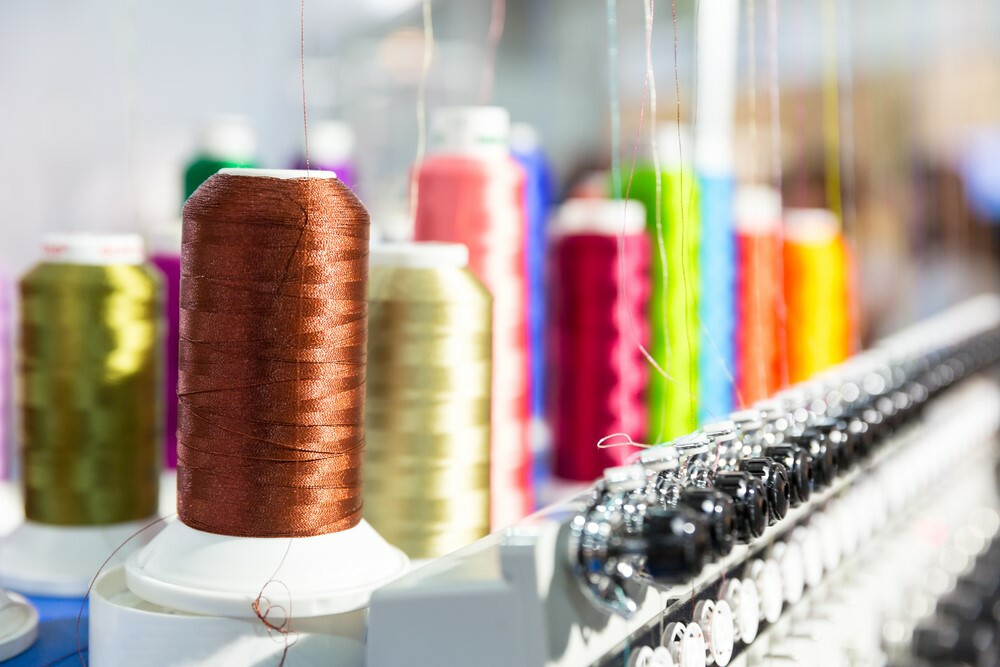
Custom Patches: Design to Digitized to Dazzling
Digitizing your design is the first step in manufacturing your custom patches.
Modern custom embroidery is an amazing process. Computerized equipment enables fast, low-cost production of embroidered designs. Yet most people don’t know how their idea goes from design to finished product. It’s a process that’s evolved over decades of technological progress.
In the Beginning
The basic process of embroidery has been around for thousands of years. Hand-embroidered tapestries date back to 30,000 B.C. For centuries, it was an expensive, hand-crafted art form.
That changed in the mid-1800s with the invention of the Schiffli loom. By the early 1900s, powered looms with a paper tape program allowed for repeatable designs and high-volume production of a single design.
Today, computerized machinery enables faster, more consistent production of embroidered patches than ever before. It’s a remarkable process that starts with the basic patch design.
Once you have created a design of your choice, it must be digitized. That’s the process that turns the design into a program that automated embroidery machines can use to reproduce the design.
The Right File Format
It’s mostly a closed system. Many embroidery machine manufacturers have their own proprietary file formats that can be used only with their machines. The format your design will be saved to depends on the machine that will be used to produce the finished product.
To begin, your design is uploaded from its original format -- .png, .jpg or others – to a computer with software that converts it to a format the embroidery machine can read. The person digitizing the file can choose to convert the design manually, or let the computer do it automatically. The automatic setting is faster, but the manual process allows more control of intricate design details.
Next, the operator chooses the embroidery dimensions, and selects the type of stitch to be used and the stitch direction. The choice of direction sets up the most efficient, most cohesive pattern for the machine to follow.
Choosing the thread colors to be used is the critical next step. To ensure logos and designs will reproduce accurately, embroidery manufacturers rely on Pantone® colors.
Once all those parameters are set, the operator transfers the file to the embroidery machine. He or she will then ensure that the machine is properly set up with fabric, thread and needles, ready to go.
A test sample is run to ensure that everything is as it should be. Once the operator confirms the pattern, colors and stitching are correct, the high-speed run is ready to begin with the push of a button.
It’s a bit more complicated than the machines make it look, isn’t it? Relax. The only thing you need to worry about as a customer is getting your design to us. Our experienced staff will take it from there and you’ll have your custom embroidered patches in no time!
